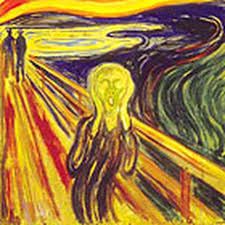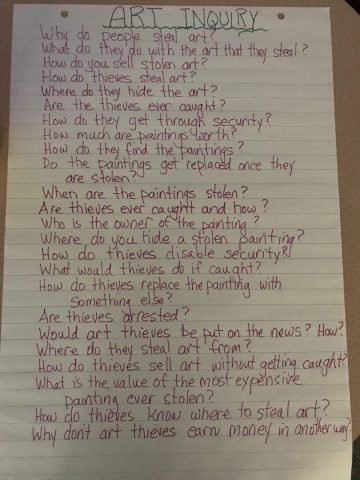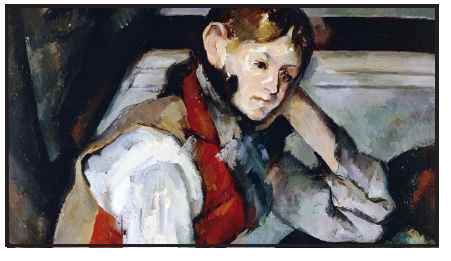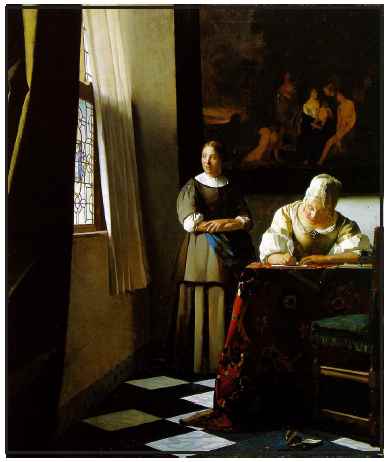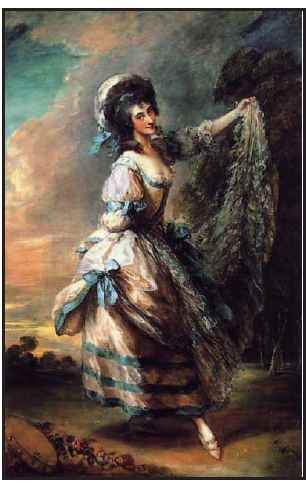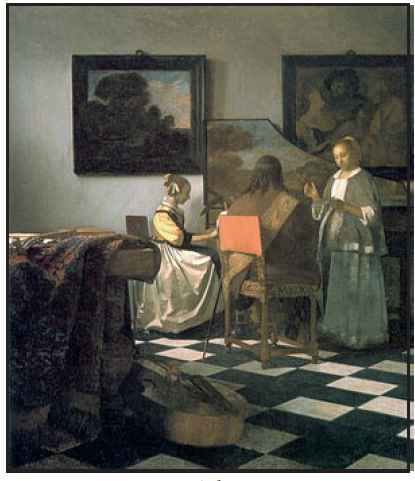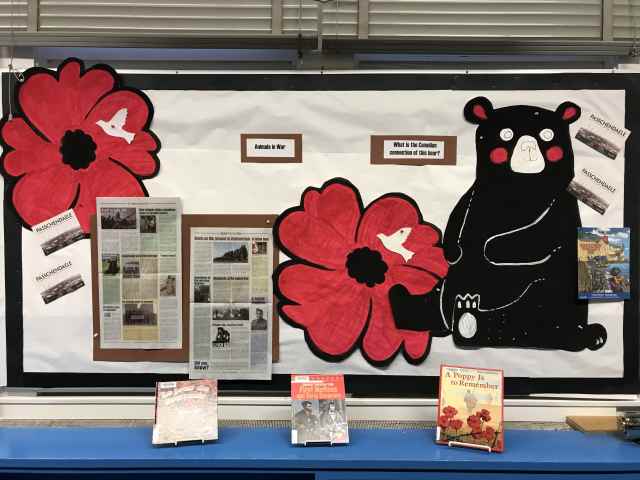After participating in a Learning Circle workshop presented by Lori Magri, Brandi Price, Cailin Lau, et al., it became much clearer to me the importance of connecting to our ancestry and the connection to First People’s Principles of Learning.
This post is meant to document some helpful resources as an educator. I particularly liked the The Talking Circle webpage from the Alberta Walking Together: First Nations, Métis and Inuit Perspectives in Curriculum site because I was able to adapt and modify its framework for the classroom. Please not that modifications and adaptations will be required if used with elementary students.
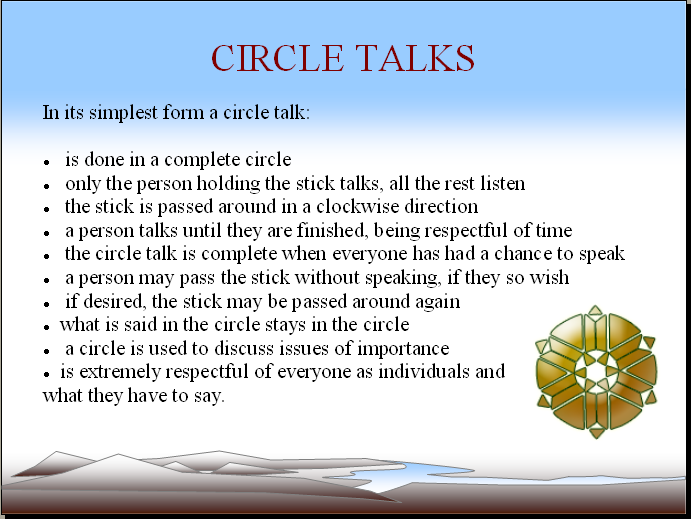
Image from http://firstnationspedagogy.ca/circletalks.html
- Talking Circle Fact sheet
- http://firstnationspedagogy.ca/circletalks.html
- Talking Circle Prep Sheet Sample
Trying to figure out how to do this with very young students has been a learning curve and enlightening. My experiences have been a work in progress in collaboration with various teachers and grades (2/3, K, K/1) .
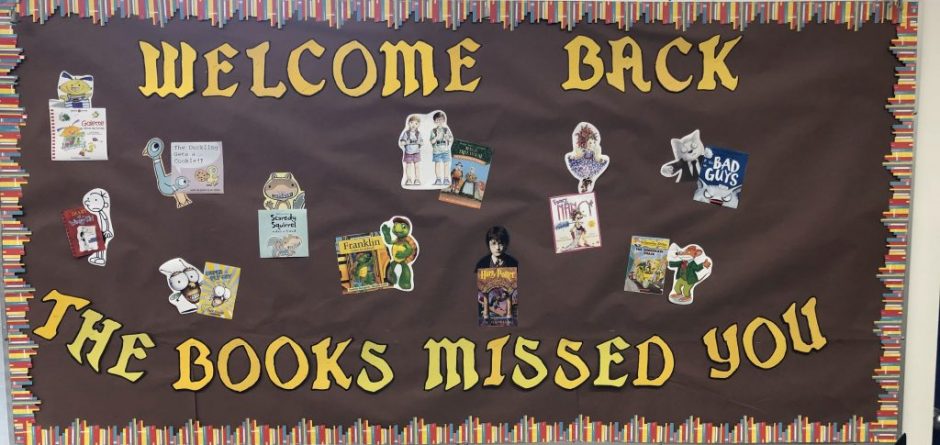
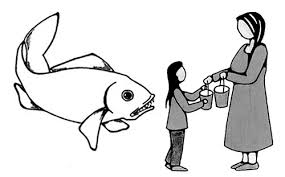 Listen to this story:
Listen to this story: 